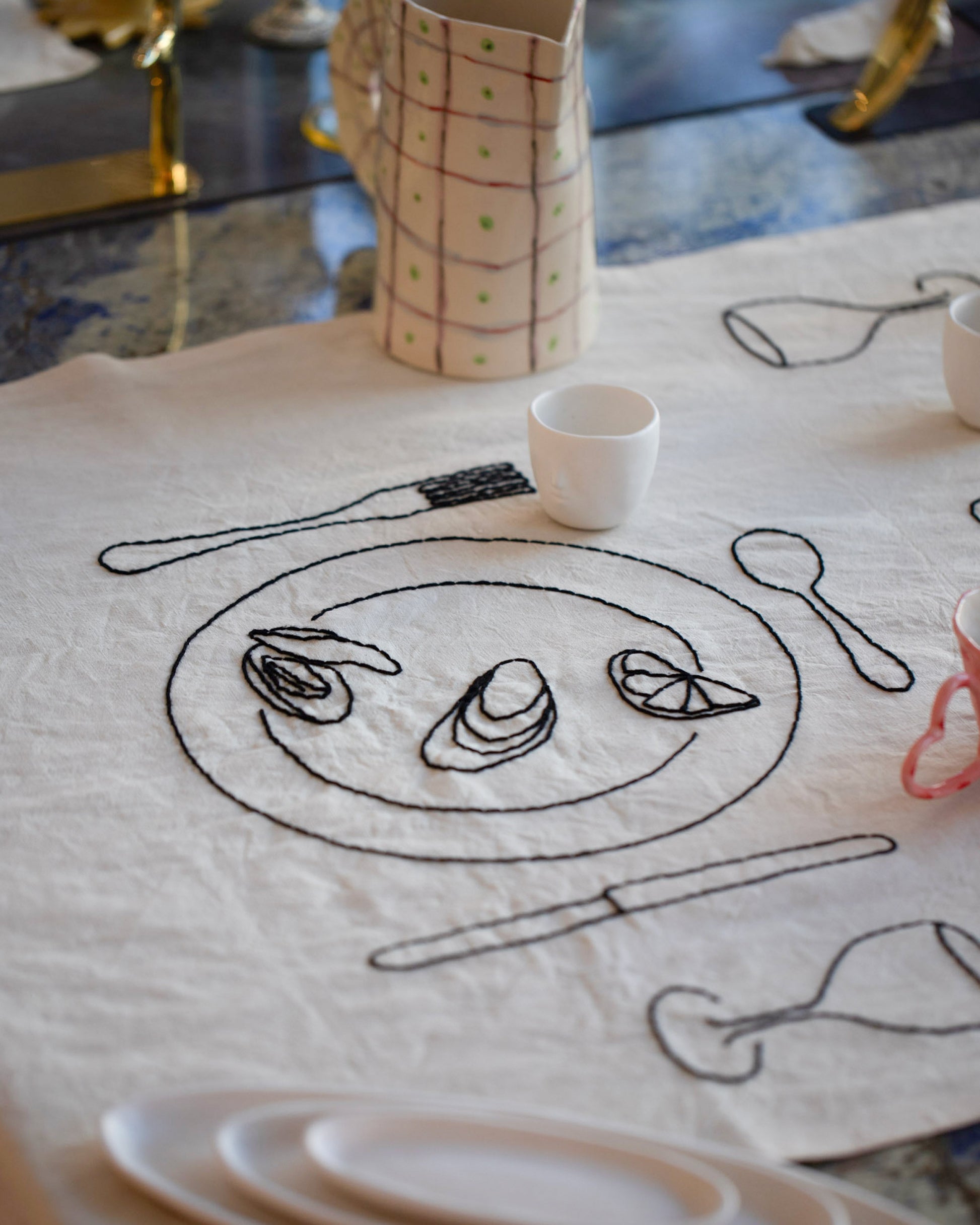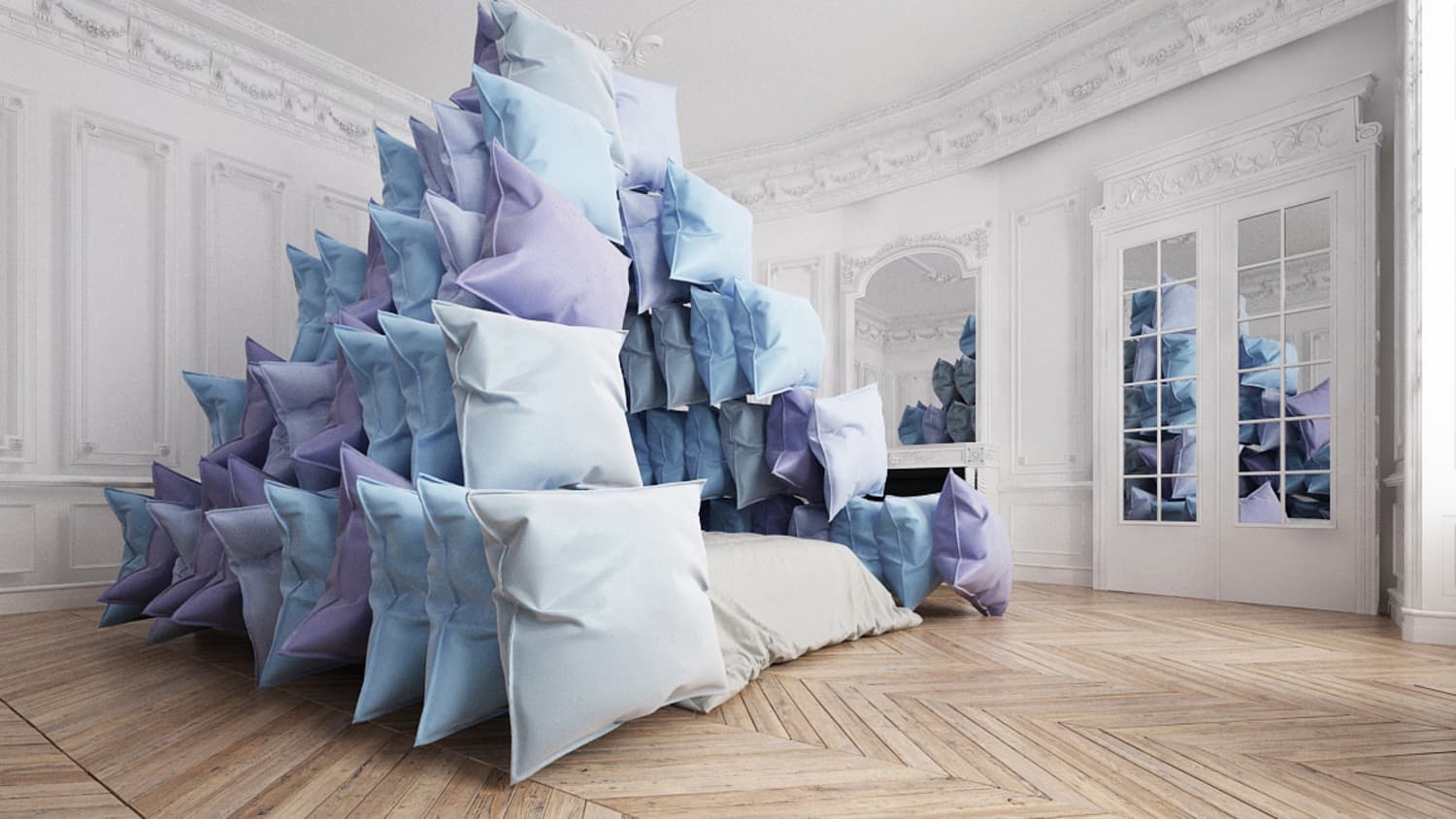The Ultimate Guide To Unique Art
The Ultimate Guide To Unique Art
Blog Article
The smart Trick of Unique Art That Nobody is Talking About
Table of ContentsSome Known Facts About Unique Art.Little Known Questions About Unique Art.The Best Strategy To Use For Unique ArtUnique Art for Beginners
While one could question which art type holds precedence, the reality remains that each of these seven kinds supplies a distinct home window right into human background, culture, and evolution. They are the tapestries that chronicle our journey, advising us of our past while motivating visions for the future.Terrific art work narrates, makes individuals look twice, and creates an unique experience that can not be matched. Art and illustrations interact all of that through color, shape and other style elements. Find out how to make your unique artwork stick out from the group.
To bring even much more dramatization, he extended the paint. The curves, along with a spherical sconce, soften the sides. Frameworks classic posters and maps of precious places established the scene.
8 TRIA GIOVANEqual components grand and laidback, this entrance hall made by Anthony Baratta is the excellent blueprint to follow if you're enhancing an official entry that still really feels unfussy and comfy. Formed textiles take spotlight (see the rugs and the couch), yet they also help bring the high ceilings to a human scale when hung over wallpaper.
Unique Art Fundamentals Explained
18 Heidi Caillier DesignA gallery wall does not need to take up the whole space. Actually, in some cases a tiny one can make a bigger design declaration. In this living room, Hiedi Caillier selected micro-mini structures and an arbitrary structure. Ad - Continue Analysis Below19 Stephen Kent JohnsonDesigner Juan Carretero decided for a deep environment-friendly paint color to contrast with the light timber finishes.
The components of this languageits forms, lines, colours, tones, and texturesare utilized in various methods to produce sensations of quantity, room, activity, and light on a level surface. These aspects are integrated right into expressive patterns in order to represent genuine or mythological sensations, to translate a narrative motif, or to produce entirely abstract visual relationships.
Later on the idea of the "great artist" developed in Asia and Renaissance Europe. Prominent painters were afforded the social status of scholars and courtiers; they authorized their work, decided its style and often its subject and imagery, and developed a much more personalif not always amicablerelationship with their Unique Art customers. During the 19th century painters in Western cultures started to shed their social position and safe patronage.
The Definitive Guide to Unique Art
Others earned a revenue through touring exhibitions of their job. The requirement to appeal to a marketplace had replaced the comparable (if much less impersonal) needs of patronage, and its impact on the art itself was probably similar. Typically, artists in the a knockout post 20th century could reach an audience only via commercial galleries and public museums, although their job may have been periodically replicated in art regulars
For the history of painting in old Egypt, see Egyptian art and style. The growth of paint in different areas is dealt with in a number of articles: Western painting; African art; Central Asian arts; Chinese painting; Islamic arts; Japanese art; Korean art; Indigenous American art; Nautical art and style; South Asian arts; Southeast Asian arts. , even when a painting's narrative importance is odd.
Don't duplicate the style of other artists if you're looking for your design. Duplicating other individuals's artwork can be wonderful in instructional functions yet it will certainly not make you closer to discovering your very more own one-of-a-kind design. Your creative design needs to be, what you such as and what influences you.

What Does Unique Art Do?
You require to attempt great deals of different alternatives and discover whatever prior to you can focus on one specific style or you'll be burnt out, or even worse, you'll dislike your very own style. I recommend you to attempt every solitary subject that you're interested in, check out as much as you can. Attempt various mediums that thrill you and brand-new strategies you've never attempted prior to.
With time you'll have the ability to arrange all of them right into your favorite and least preferred classifications. Try to concentrate your attention on the subjects and tools that you like and prior to you see it coming you'll have your very own personal and distinct style, like nobody else have! So ultimately you'll have a couple of favorite subjects to repaint and maybe a couple of favored mediums.

Report this page